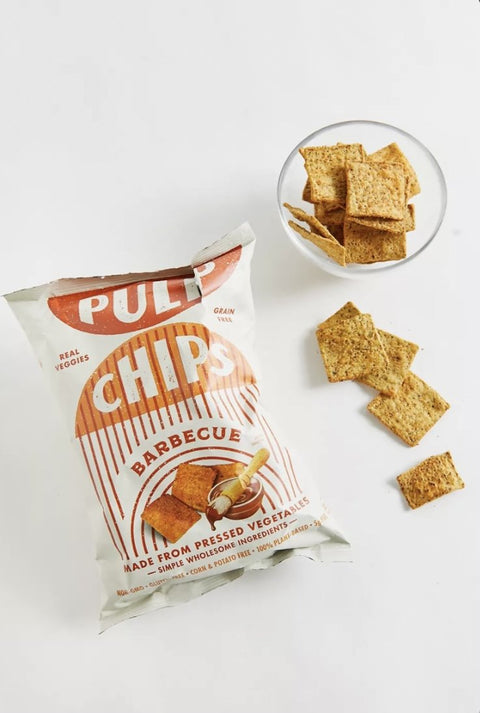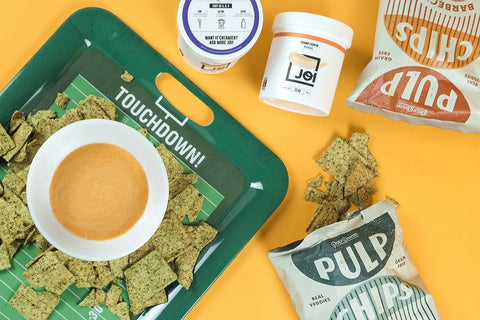
Reposted from Food Processing coverage
Snack products may be particularly good carriers for upcycled byproducts and other healthful ingredients.
When Kaitlin Mogentale was creating Pulp Pantry, which makes snacks from vegetable byproducts, she was motivated by more than just profiting from food waste. What drove the idea, she says, was the hope of creating a product that tasted good, was naturally healthy and helped the environment.
“Exploring the relationship between food, health and environment became one of my greatest passions,” Mogentale says.
Pulp Pantry, which launched in 2015, now offers four varieties of Pulp Chips. About half of the ingredients are “upcycled” vegetable byproducts like fiber from kale and celery. The chips are gluten-free, vegan and contain 5g of fiber and 150 calories per serving.
Pulp Chips illuminate two key trends in snack foods: They are more nutritious than many typical snacks and they offer consumers a feel-good story of salvaging food that otherwise would to go waste.
Upcycled on the upswing
The concept of using byproduct from other food manufacturing processes to create snacks is a trend several years in the making. Companies like Pulp Pantry, Coffee Cherry Co. and Boomerang Food are finding success with the concept, and there’s even a trade organization – Upcycled Food Association – that promotes the idea.
“People are saying, ‘How do we mitigate waste and create something delicious?’” Martinez says. “People are finding ways to recreate a byproduct into something.”
Upcycling food can have a measurable impact on waste reduction, Mogentale says. Her company’s analysis shows that their process saves 1kg of CO2 for every pound of food upcycled – based on the CO2 used in the production and transportation of their food resources – and nearly 38 gallons of water.
Pulp Pantry’s main supplier is Suja Juice, which makes cold-pressed juice beverages from celery, cucumbers, kale and other fruits and vegetables. Pulp Pantry takes the fiber-rich pulp left over from the Suja process and mixes it with other plant-based ingredients such as tapioca, chia seeds and cassava.
“We have worked through so many kinks associated with maintaining quality and freshness of byproduct ingredients,” Mogentale explains. “It's not an easy ingredient to handle. For the most part, we're sourcing byproduct fresh, and incorporating fresh ingredients directly into our own manufacturing process as an input.
"We're in a place now where we've mastered what works (and what doesn't) with handling fresh and highly perishable ingredients, from collection to storage to transportation to our facility for processing.” The upcycled pulp from Suja Juice helps create a nutrient-packed chip, Mogentale says.
“We focus most on fiber as the macronutrient of the most value in the pulp, although there are studies that show other vitamins and minerals may be preserved in the pulp, depending on the type of produce used,” she says.
Continued on
https://www.foodprocessing.com/articles/2021/snack-trends/





